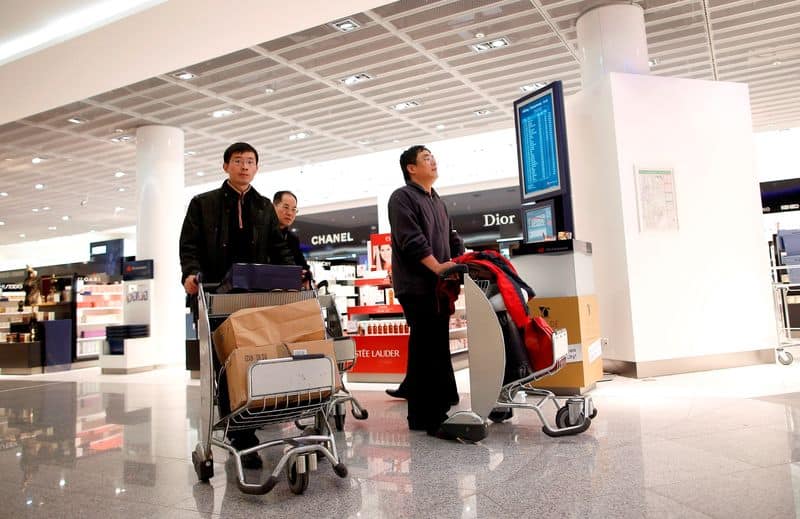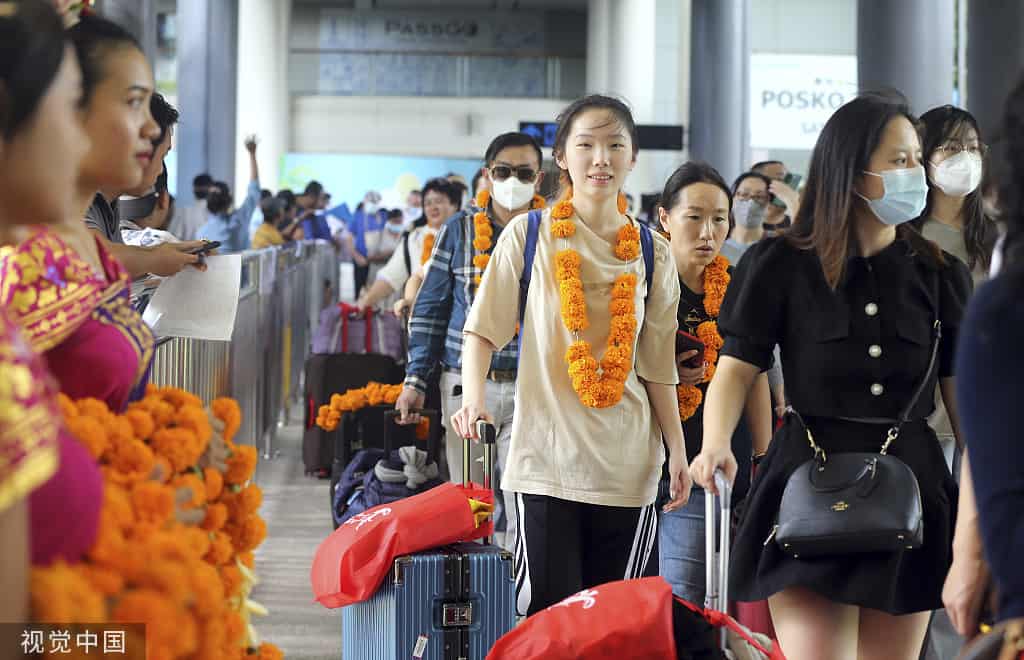China will Reviving the Global Tourism
The Strategic Role of China in the Global Tourism
The 2023 World Tourism Barometer report by the United Nations World Tourism Organization paints an optimistic picture for the global tourism industry. Despite facing a host of challenges – economic, health, and geopolitical – the industry is set for a robust comeback. The forecast predicts international tourist arrivals to reach up to 95% of pre-pandemic figures, with influences ranging from global economic rebounds to the ongoing Russia-Ukraine conflict.
China stands at the forefront of this revival.
The May Day holiday alone witnessed a staggering 274 million domestic journeys, echoing levels seen before the pandemic and marking a 120% surge year-on-year. China’s position as a driving force in global tourism becomes even more evident when examining outbound travel.

Popular destinations like Thailand, New Zealand, and the Maldives continue to charm Chinese travelers. Additionally, places like Egypt and France are gaining traction thanks to enhanced flight availabilities, stemming from China’s effective COVID-19 management strategy. A study from Tuniu, a leading Chinese travel platform, underscores the importance of China’s decision to lift COVID-19 related travel curbs. This move is anticipated to accelerate tourism recovery not just in the Asia-Pacific but globally.
Asia… always first
Chinese travelers have historically shown a penchant for Asian destinations. For instance, in 2019, almost 11 million Chinese tourists flocked to Thailand, making up 30% of its international tourist influx. With recent relaxations, Thailand has witnessed an explosive uptick in Chinese arrivals, signaling a re-emergence of tourism ties.
169 million Chinese tourists traveled abroad, in 2019
China’s prowess in outbound tourism is undeniable. In 2019 alone, 169 million Chinese tourists traveled abroad, accounting for a fifth of global tourism spending. Kenya, with its rich wildlife and natural beauty, experienced this surge first-hand, with China becoming its fourth-largest tourism source. Recognizing the potential, Kenyan authorities are tailoring their offerings, eager to charm an even larger share of Chinese travelers.
While the resurgence of Chinese outbound group tours is crucial for the tourism sector’s revitalization, it also heralds new opportunities for travel agencies. However, this recovery isn’t without challenges.
Several hurdles await the industry:
- Visa Policies: While some nations are open to Chinese travelers, others still maintain restrictive visa regulations.
- Aviation Concerns: The aviation industry’s comeback is entangled in issues of demand, route planning, and capacity allocation.
- Talent Drain: The pandemic led many hospitality professionals to shift careers. Rebuilding this workforce will require time and effort.
Today’s Chinese traveler is evolving.
They’re not just seeking destinations; they crave unique experiences, preferring tailored travel packages and boutique tours. The emphasis on quality and hygiene has never been higher.
To capitalize on the tourism revival, businesses must adapt.
This means enhancing travel offerings, creating innovative overseas tourism products, and focusing on bespoke, high-caliber services. Simultaneously, travel agencies must be in sync with evolving travel regulations and prioritize traveler safety in these changing times.





